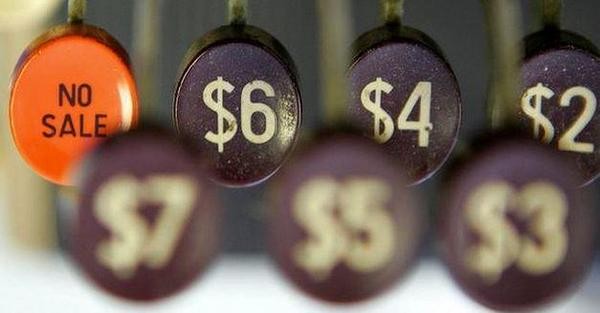How to make rate cut work for you
Post on: 26 Июнь, 2015 No Comment

David Potts
What to do for the best.
The rate cut didn’t surprise readers of this column last week only I didn’t get around to saying what comes next.
- What can I save by paying extra off my home loan? Use Money’s Extra Repayments Calculator to find out
Should you leave your mortgage repayments the same, or shunt the savings into super? And if you’re retired where are you supposed to get a decent income from?
The first question is easy. Pay down the mortgage unless you have more than 50 per cent equity in your home or you’re near retirement. If you’re already retired and still have a mortgage it’s a no brainer.
Advertisement
Putting money in the offset account of a mortgage is the best risk-free return ever. You’re saving, with a much better return than on any bank account, without paying tax. And you can take it back if you suddenly need it.
If we must have knighthoods, give one to whoever invented the offset account I say. Or me.
But if you already have a lot of equity in your home, or are retiring soon, super is potentially better.
Salary sacrificing means there’s more after tax going in. I’m afraid the extra you’re able to funnel into the offset account, while tax free when it’s there, would already have been taxed at your marginal rate.
What’s more the return in super will be higher than the mortgage rate in most years. In fact the lower rates go the better super should do because of the boost to shares, bonds as well as global equities, from the drop in the dollar.
Which brings me to the self-funded.
They’re in a fix as it were. Term deposit rates have been falling faster than anything else. One of the best you can get is 4.15 per cent from ME Bank but you have to commit for five years. In any event you want a cocktail of different maturities in case rates rise before then.
A popular investment with DIY funds is a bank hybrid or convertible share. ANZ is offering one (Capital Notes 3) as we speak and there are plenty of other versions you can buy through a broker.
They don’t give you your cash back but convert into shares of the mother stock instead.
So what’s the point? Exactly.
Bank shares pay a higher dividend but come with a bigger risk of losing some of your capital. I say bigger risk because hybrids can go backwards too.
Also dividends should grow with profits, whereas the return on a hybrid will drop as rates fall.
In ANZ’s case, the shares yield 5 per cent which is really 7.3 per cent after franking while the hybrid will initially pay about 6 per cent.
One genuinely fixed rate offering, and the best yielding at more than 5.5 per cent, is from Whitefield, a well-established (founded in 1923) listed investment company. This also coverts to shares and comes fully franked to boot.
If you’re worried the banks and other big dividend payers like Telstra are getting toppy, try real estate investment trusts (REITs), natural winners from falling rates.
@moneypotts














